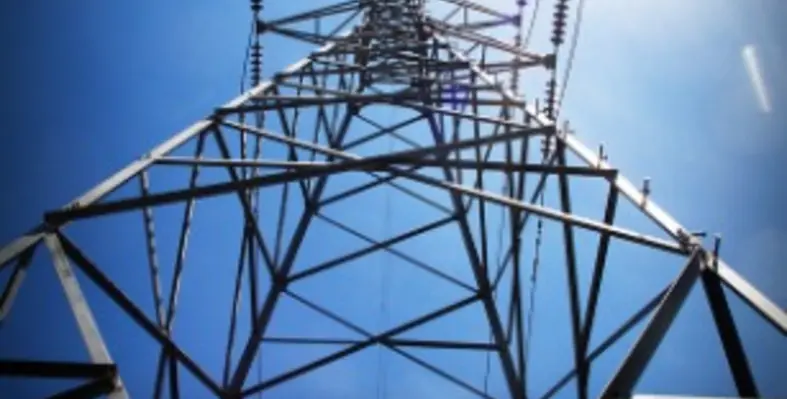The Middle East and North Africa (MENA) region will require US$260bn of investment to meet rising and suppressed electricity demand, said Arab Petroleum Investments Corporation (APICORP) in its latest research report on the regional power sector
In the GCC, governments have coped well with rising electricity demand. However, recent increases in electricity prices in Saudi Arabia are seen to slow demand growth, noted APICORP.
The report has also revealed that electricity demand and consumption have been growing rapidly in the MENA region, driven by population growth and urbanisation, rising income levels, industrialisation and low electricity prices.
In order to meet this rising demand, APICORP estimates that MENA power capacity will need to expand by an average of 6.4 per cent each year between 2018 and 2022, which corresponds to an additional capacity of 117 GW. The report forecasts that US$152bn will be needed to deliver this additional capacity, with a further US$108bn needed for transmission and distribution.
Turning to more specific parts of the MENA region, the GCC is seen to lead in the region. While it currently represents 47 per cent of current MENA power generating capacity, APICORP forecasts that it will need to invest US$55bn to create 43 GW of additional generating capacity and another US$34bn in transmission and distribution over the next five years.
Among the GCC countries, Saudi Arabia has taken steps to control demand, as a means of keeping required levels of investment in capacity at manageable levels. This is in line with the Saudi Arabian government?s recent round of price increases, as demand had risen significantly on the back of cheap electricity.
The UAE needs to invest at least US$33bn to meet its expected additional 16 GW capacity requirement over the medium term. APICORP estimates that nearly 10 GW of capacity additions are already in execution, including 5.6 GW of nuclear. Solar power also features heavily in the UAE?s plans and is expected to account for 25 per cent of the generation mix once its latest US$13.7bn solar park is fully commissioned.
In other GCC countries, Kuwait?s generating capacity will need to reach 24 GW by 2022, requiring US$15bn of investment. Oman?s rising electricity demand will require an additional four gigawatt of generating capacity, which APICORP estimates will cost US$8bn. Bahrain will need to grow capacity by six per cent per annum, with US$3bn of investment to meet capacity additions of 1.4 GW.
Iran is likely to need an additional 25 GW over the next five years. In Iraq, an additional 12 GW of power generation capacity is required over the next five years. Egypt will need to invest US$28bn in power generation and a further US$18bn in transmission and development, said the report.







